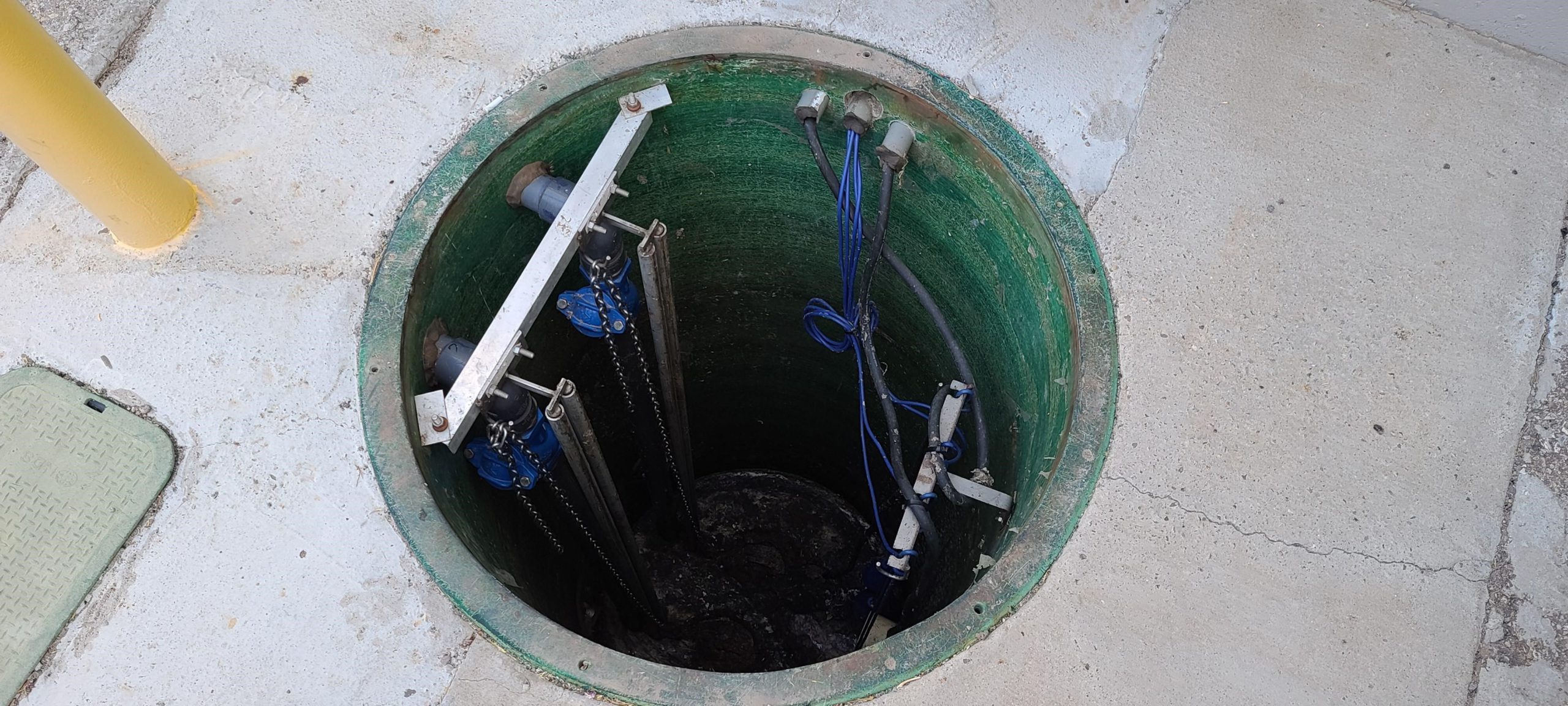Four Signs Your Lift Station Requires Maintenance
by Anna Espenhahn, Marketing Coordinator
Wastewater infrastructure is under constant stress and failures occur as buildup from non-flushable materials like PPE, wipes, grease and waste all continue to accumulate over time. When grease and insoluble materials collect within sewer systems and lift stations, backflow is inevitable and the risks to businesses and properties are costly. These overflows are common across the United States, particularly in Florida, with recent sewage backups making headlines in the region. Nov. 2020, 432,000 gallons of sewage overflow were released into Arlington Creek, a local Floridian waterway, due to a grease blockage and non-disposable items creating a massive backup in the municipal sewage system.
In fact, the number of spills is expected to rise as aging infrastructure, growing populations and climate change increase stress on wastewater systems. According to the Florida Department of Environmental Protection (FDEP), between 2015 and 2020, the state reported 13,984 sewage spills. A staggering number and one that commercial property owners do not want to join. These backups can flood buildings, halting business and causing costly repairs and damages, not including damage to the local environment and community. The rising number of sewage spills has led many regulatory bodies to require regular maintenance of lift stations. Non-compliance could result in hefty fines, repair costs and possible environmental damage. Maintaining your property’s lift station is the first step in helping local watersheds and communities recover from sewer overflows. If your property is only reactively servicing lift station assets, it is essential to pay attention to the following.
The speed. A lift station’s drainage speed is an initial indicator your pump requires maintenance. Over time, debris can accumulate within drains and pipes, slowing drainage. A minor clog may go unnoticed initially but will slowly decrease the functionality of the system without routine maintenance. If a severe backup develops, it could lead to reduced draining times or complete system failure. This is especially important due to the improper disposal of wipes, PPE and insoluble materials through flushing. Monitoring your lift station’s drainage speed will ensure proper system functionality to remain proactive and catch areas of concern before emergency maintenance or repairs are required.
The odor. If there is a pungent smell from your lift station, maintenance is required. Systems should not have a noticeable smell emanating from pipes, sumps or bathrooms. Not only is a smell undesirable, but it could also suggest debris accumulation, possible clogging, and an early warning sign of future system failure.
The buzz. A buzz or humming noise during operation could indicate a clog, worn valves or unintended pressure. These factors add stress to your lift station and could cause more significant issues if unaddressed. If a system continues to operate under high stress, costly repairs are more likely as valves, pipes, and other components begin to wear.
The alarm. An audible alarm paired with flashing lights is the most obvious indicator that your lift station requires servicing. The alarm is triggered when water levels within the sump begin to rise at an unmanageable rate because of a partial or complete system failure. If a lift station cannot pump out water faster than the sump is filling, overflow is inevitable without repairs.
It may seem as if there are countless ways a lift station may fail, primarily due to the corrosive nature and environment of the lift station. Continuous monitoring, inspections and preventative maintenance can ensure wastewater assets are functioning as designed. Partnering with a lift station expert can ease liability and allow experts to be proactive in catching areas of concern before failure, expensive repairs and violation fines. AQUALIS’ localized fleets across the United States specialize in servicing all lift stations, septic pumps, and retention pond pumps. Comprehensive services include water sampling, meter reading, water plant operations, all water pump repairs, installing pumps and grinders, and jetting of sewer lines and pump-outs with our pump trucks.
Take an active role in preserving our water resources for the future by maintaining your lift stations. Contact AQUALIS at 855.934.0593 to learn more about our stormwater and wastewater lift station services to ensure your systems are operating as designed and meeting the state- and county-mandated monthly lift station maintenance.
 Kenosha, Wis. Highway KR Regenerative Stormwater ConveyanceThe Root-Pike Watershed Initiative Network Kenosha County, and others worked with AQUALIS to design and implement an innovative solution for stormwater control along Highway KR.
Kenosha, Wis. Highway KR Regenerative Stormwater ConveyanceThe Root-Pike Watershed Initiative Network Kenosha County, and others worked with AQUALIS to design and implement an innovative solution for stormwater control along Highway KR. Durham, N.C. Sinkhole Leads to Stormwater System RehabilitationThe tenant on this property noticed a depression that opened to the ground below and notified the property owners.
Durham, N.C. Sinkhole Leads to Stormwater System RehabilitationThe tenant on this property noticed a depression that opened to the ground below and notified the property owners.

